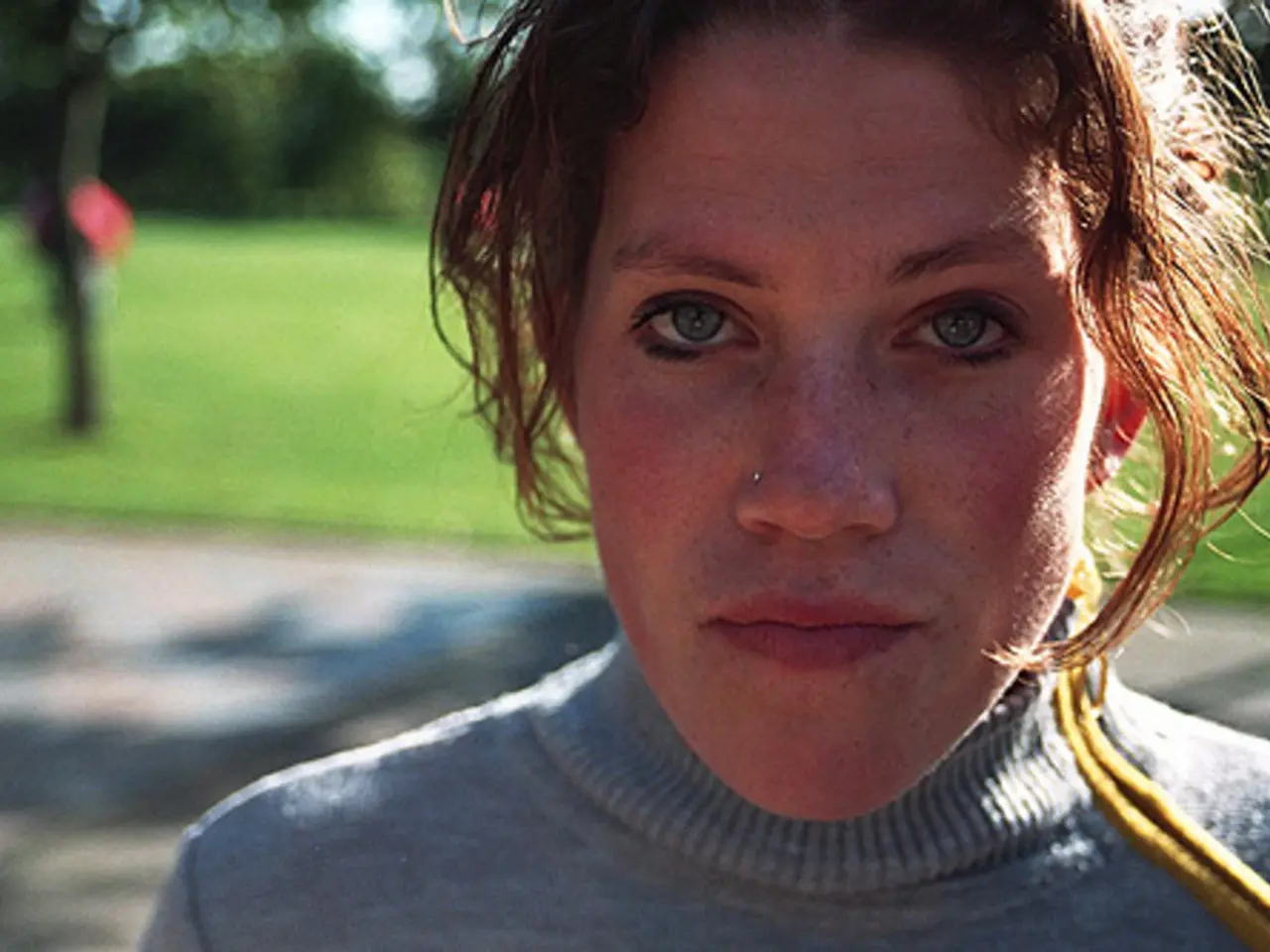Non-surgical Rhinoplasty Procedure, Expenses, and Post-Treatment Care
Nonsurgical rhinoplasty, also known as liquid rhinoplasty, is a popular cosmetic procedure that changes the shape of the nose without surgery. This minimally invasive treatment has gained popularity in recent years, with the U.S. seeing it as the second most common minimally invasive cosmetic procedure in 2020 [1].
The procedure involves a medical professional injecting a liquid filler under the skin of the nose using a needle. The most common filler used in this procedure is hyaluronic acid (HA) [1]. The effects of nonsurgical rhinoplasty are immediate and can help even out indentations, address a convex or concave nose, and correct asymmetry [2].
However, it's important to note that nonsurgical rhinoplasty is not a permanent solution. The results typically last between 9 to 18 months, after which repeat injections are needed to maintain the appearance of the nose [3]. This temporary nature of the procedure is one of its main long-term effects, along with the potential for vascular and local complications, and changes in filler position or texture over time [4].
Vascular complications, such as blood vessel blockage, tissue necrosis, or even vision loss, are the most serious risks, especially with HA fillers [4]. Other mild side effects include swelling, bruising, and tenderness that generally resolve within 1 to 2 days [2][3]. Over time, fillers may migrate or soften, altering the nasal shape subtly and potentially requiring corrective treatments [5].
Nonsurgical rhinoplasty is not suitable for people who want major visual changes to the nose or to correct internal issues such as a deviated septum or nasal functional problem [2]. It's also not recommended for adolescents, as people should not have any kind of rhinoplasty until they have stopped growing [6].
Compared to surgical rhinoplasty, nonsurgical rhinoplasty is less expensive and has a shorter recovery time. Recovery instructions may include sleeping with the head elevated on the first night, taking acetaminophen (Tylenol) for pain relief, and making a follow-up appointment for a clinician to review results [7].
In summary, nonsurgical rhinoplasty offers a temporary solution for cosmetic nose reshaping, but it comes with its own set of long-term effects. These include the transient duration of aesthetic improvement, the risk of vascular and local complications, and changes in filler position or texture over time. As such, careful patient selection, expert technique, and possible repeat treatments may be necessary to maintain optimal outcomes. For structural correction and the treatment of internal issues, surgical rhinoplasty remains the more permanent option.
[1] American Society for Aesthetic Plastic Surgery (ASAPS). (2020). Cosmetic Procedures Statistics. Retrieved from https://www.surgery.org/media/news-releases/cosmetic-procedures-statistics [2] American Society of Plastic Surgeons. (n.d.). Nonsurgical Rhinoplasty. Retrieved from https://www.plasticsurgery.org/cosmetic-procedures/nonsurgical-rhinoplasty [3] American Society of Plastic Surgeons. (n.d.). Nonsurgical Rhinoplasty (Liquid Rhinoplasty). Retrieved from https://www.plasticsurgery.org/cosmetic-procedures/nonsurgical-rhinoplasty-liquid-rhinoplasty [4] American Society of Plastic Surgeons. (n.d.). Nonsurgical Rhinoplasty: Risks and Safety Information. Retrieved from https://www.plasticsurgery.org/cosmetic-procedures/nonsurgical-rhinoplasty/risks [5] American Society of Plastic Surgeons. (n.d.). Nonsurgical Rhinoplasty: Aftercare and Recovery. Retrieved from https://www.plasticsurgery.org/cosmetic-procedures/nonsurgical-rhinoplasty/recovery [6] American Society of Plastic Surgeons. (n.d.). Nonsurgical Rhinoplasty: Candidacy. Retrieved from https://www.plasticsurgery.org/cosmetic-procedures/nonsurgical-rhinoplasty/candidates [7] American Society of Plastic Surgeons. (n.d.). Nonsurgical Rhinoplasty: Procedure. Retrieved from https://www.plasticsurgery.org/cosmetic-procedures/nonsurgical-rhinoplasty/procedure
- Maintaining a healthy and youthful appearance is a priority in the health-and-wellness and beauty industries, often achieved through skincare routines, fitness-and-exercise, and facial cosmetic surgery like nonsurgical rhinoplasty.
- A combination of science and art, facial cosmetic surgery like nonsurgical rhinoplasty, can enhance beauty by temporarily reshaping the nose, but requires skill, careful patient selection, and regular follow-ups for repeat injections to maintain the results.
- Nutrition plays a crucial role in skin health and overall well-being, complementing cosmetic procedures like nonsurgical rhinoplasty, as well as maintaining physical fitness, for a holistic approach to beauty and wellness.




